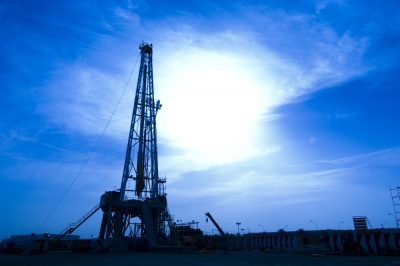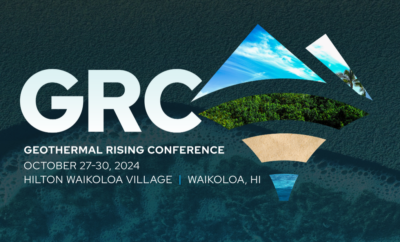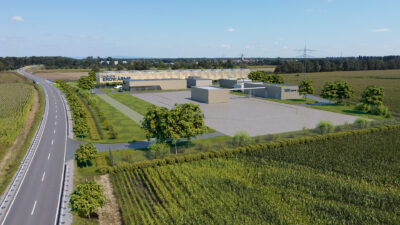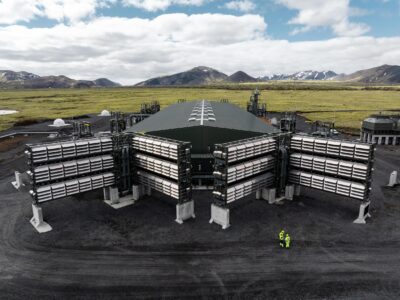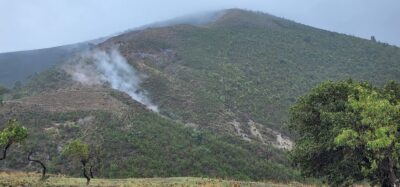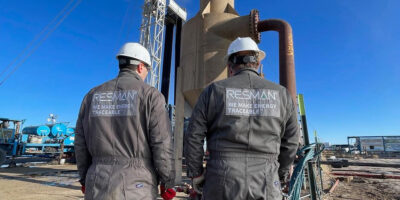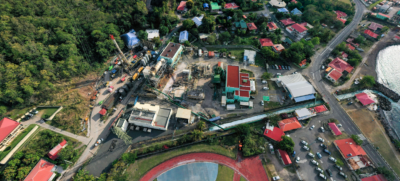New survey on Canada’s shallow geothermal resources
Canadian ground temperatures are rising. Global warming has caused ground temperatures across the country to rise over the past few decades, in some cases by as much as a few degrees, according to the first comprehensive assessment of Canada's shallow geothermal resources.
Reported by The Star.com, Canadian ground temperatures are rising and talks about that “Global warming has caused ground temperatures across the country to rise over the past few decades, in some cases by as much as a few degrees, according to the first comprehensive assessment of Canada’s shallow geothermal resources.”
The study, recently published online in the journal Natural Resource Research, assessed ground temperatures across Canada down to 250 metres to get a sense of the potential resource. The researchers found that the heat energy in the first 50 metres alone was roughly equivalent to the commercially recoverable energy in the oil sands.
The study suggests that some of that thermal energy can be harvested with geo-exchange technologies and used for heating homes and buildings during the winter.
The geological survey is working on another study that will attempt to estimate the portion of shallow geothermal resource that’s economically recoverable, such as with heat-pump systems. Another study to be published later this year will estimate the country’s potential for generating electricity from geothermal resources at a temperature of 150 degree Celsius and higher.
Alison Thompson, executive director of the Canadian Geothermal Energy Association, said the geological survey studies are welcome and long overdue, but the analysis is based on ground temperature data collected prior to 1985, which is when funding for the federal geothermal energy program was pulled.
Thompson said new data must be collected to get an accurate estimate and to raise the profile of geothermal energy, which despite its massive potential is largely overlooked in Canada as a renewable source of electricity generation.
The geothermal association, which has set the goal of developing 5,000 megawatts of geothermal power projects in Canada by 2015, has identified 33 areas that need to be studied but has found it challenging to raise the required funding to carry out such studies.
“We feel the rest of the country doesn’t understand how big this resource is,” said Thompson. “For $1 million we could be off and running and really answer all the questions that politicians have. This would be a game-changer for the industry.”
Grasby said interest in the area is growing, particularly in Alberta, where the oil and gas industry’s drilling and ground-fracturing expertise can be easily applied to geothermal projects. “You just need a regulatory framework to support it.”
Canada is the only country located on the Pacific “Ring of Fire” that has not developed its high-temperature geothermal resources on a commercial scale. Many industry experts argue that geothermal could play an important role in reducing natural gas consumption in the oil sands.
The Pembina Institute, an energy and environmental think tank based in Calgary, released a report in January that estimated there were 21 billion gigawatt-hours of energy released every year below the surface of Alberta at depths of less than 5 kilometres.
“Even with the conservative assumption that only 0.5 per cent of this potential is recoverable, it represents the equivalent of roughly 14 million megawatts of generating capacity,” or 1,100 times the current generating capacity of all existing power plants in Alberta, according to the report.
It cited lack of awareness and insufficient research data as the key barriers to developing the resource.
The geothermal association hopes to raise that awareness level on April 22 in Vancouver, where it will hold the industry’s first major geothermal energy conference in decades. More than 250 people are expected to attend the event, which is timed to coincide with Earth Day.
Source: TheStar.com
